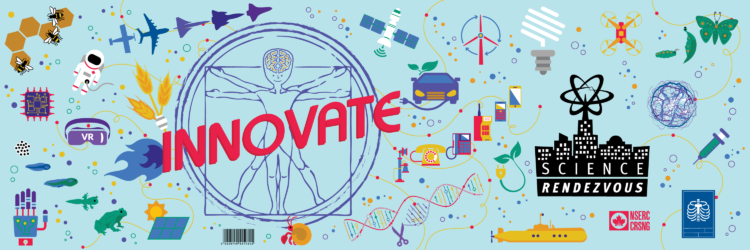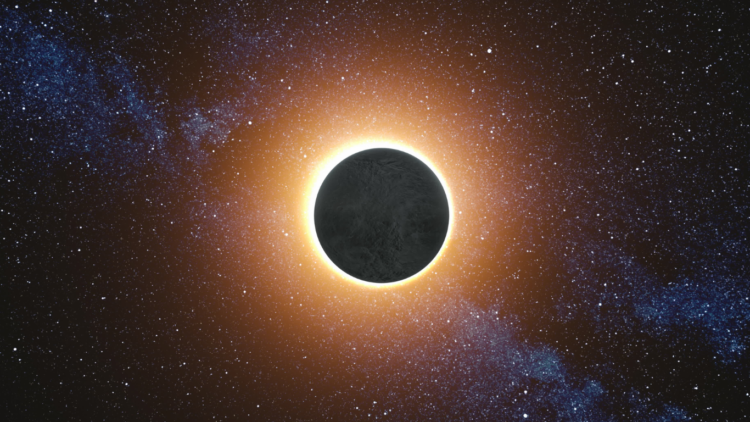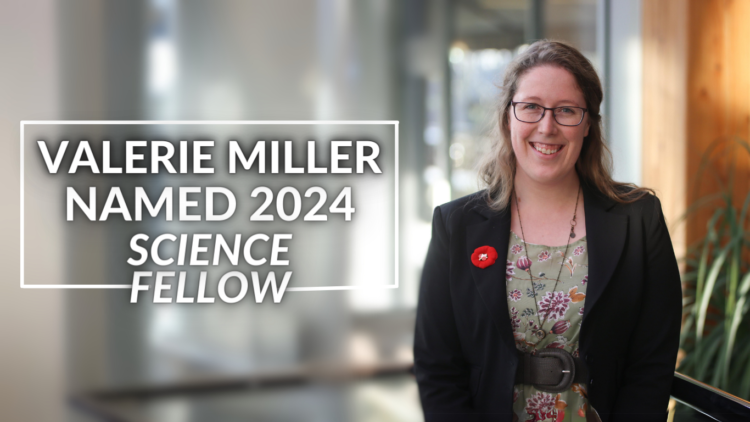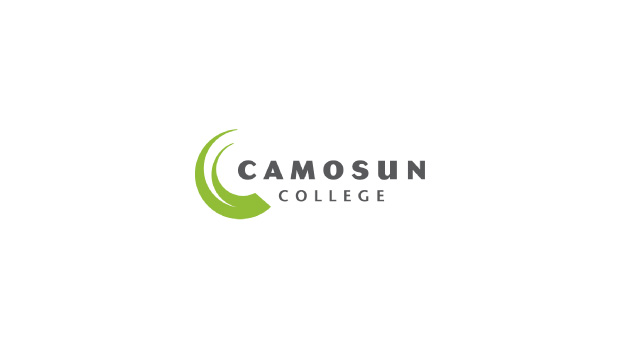Activity provided by Dr. Tabitha Wood
Observe
Science begins with an idea that you want to learn more about. These ideas usually come from something that you’ve observed. It might be a problem that you want to overcome, like the zucchinis from my garden taste sour. Or it might be something you’re curious about–sometimes the moon is round and sometimes its crescent-shaped.
We see a lot of things each day that we don’t pay a lot of attention to because we don’t find it interesting, or we’re too busy. Take some time to ask questions about things you’ve observed. Take some time to be curious and ask questions about things you’ve observed.
For example, my garage sale signs got rained upon and the green writing turned into blue and yellow writing. How did that happen?
Research
The next step is to research sources of information. Talk to people, or read about things related to your observation. A librarian can be very helpful with this step!
You must consider the source of your information. Is it:
- Reliable?
- Current?
- From an expert?
What do we already know about your observation? How will you learn more about your observation?
Before investing your resources into running experiments, determine what still needs to be learned.
What have others missed?
Consider all of the possibilities, you don’t have to accept them yet.
For example, research all the things that may affect why the green writing turned into blue and yellow writing.
What is paper made up? Cellulose
Andrew Langley, Everyday Materials. Paper 2009 Crabtree Pub. St. Catherines Ontario
What is marker ink made of? The part that stays on the paper is an organic (made up of a lot of carbon atoms, commonly found in living things) dye molecule.
Willy Herbst, Klaus Hunger Industrial Organic Pigments: Production, Properties, Applications, 3rd Edition, 2006
What is water made of? H2O
Ann Newmark, Chemistry. New York, DK Pub. 2005
What happens when water touches paper? The water soaks in and moves through the paper as it sticks to it.
“Capillary Action and Water” usgs.gov/special-topic/water-science-school
What happens when water touches marker ink? Some marker ink dyes dissolve in water but some don’t.
Willy Herbst, Klaus Hunger Industrial Organic Pigments: Production, Properties, Applications, 3rd Edition, 2006
What’s going on here? “Chromatographic separation of molecules”
University professor of analytical chemistry
What is chromatography? Chromatography is the separation of molecules based on its movement through something that causes the different components to move at different speeds.
Ralph H. Petrucci, William S. Harwood, F. Geoffrey Herring, and Jeffry D. Madura. General Chemistry: Principles and Modern Applications, 9th edition 2007 Pearson
What variables affect chromatography? Distance travelled, temperature, stationary phase, mobile phase, pressure.
Daniel C. Harris. Quantitative Chemical Analysis, 9th Edition 2016 MacMillan Learning New York
What molecules will be separated from the marker ink dyes by chromatography? Different felt tip marker pen manufacturers use different dye molecules in their markers. Some marker colours are produced by a combination of more than one colour dye.
Joy Kunjappu “Ink Chemistry” Chemistry World 28 February 2003 https://www.chemistryworld.com/news/ink-chemistry/3002158.article
To get to the experiment, go to “Think Like a Chemist: Experiment & Analyze“!
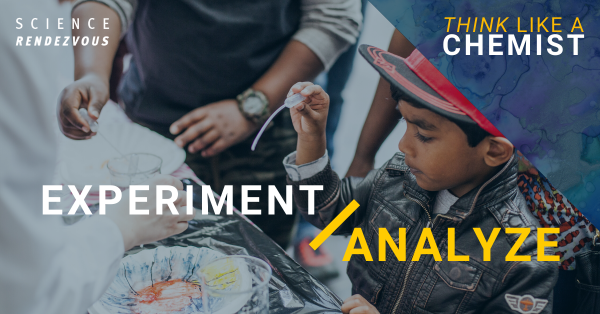
Photo by Kira Koop

